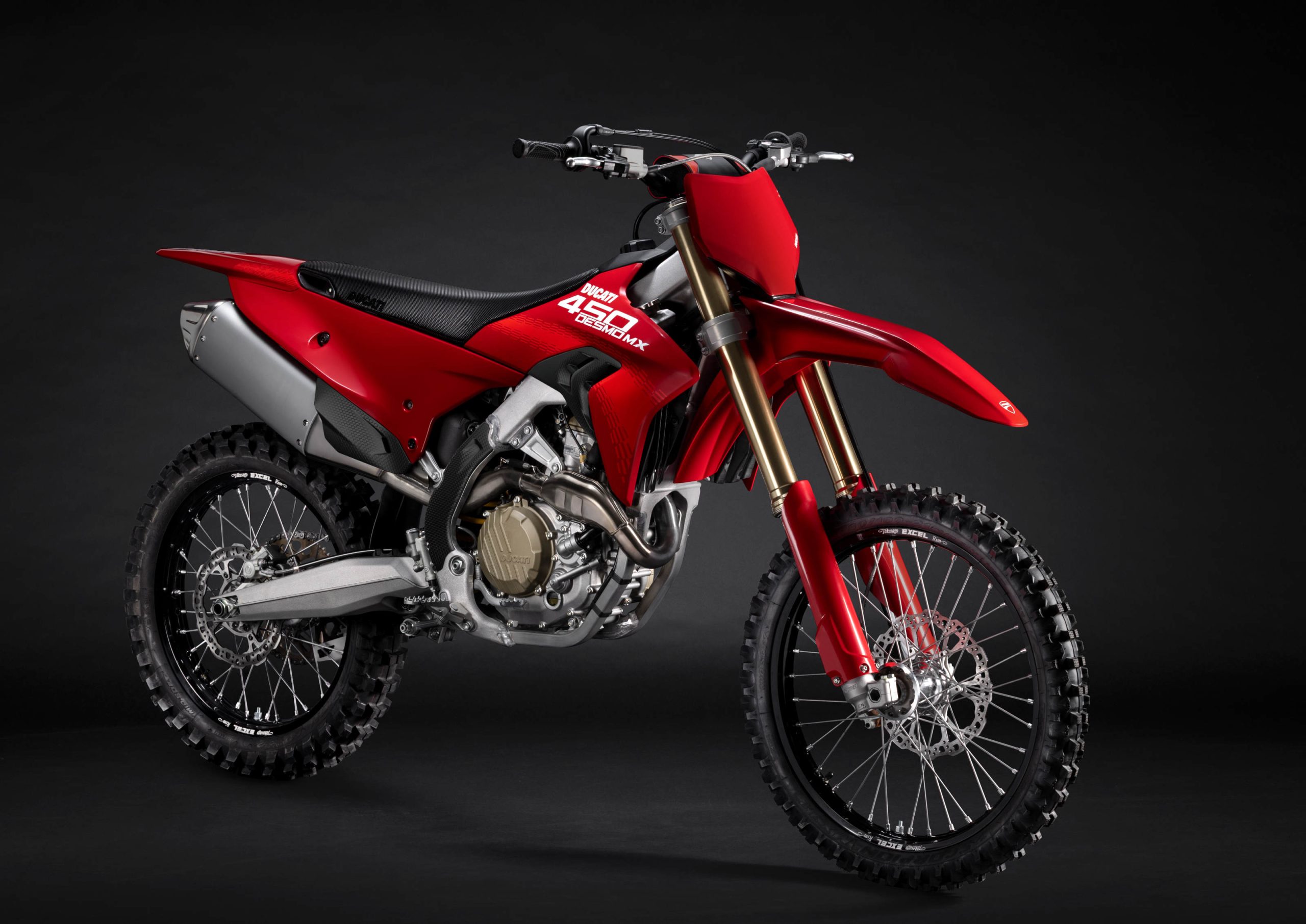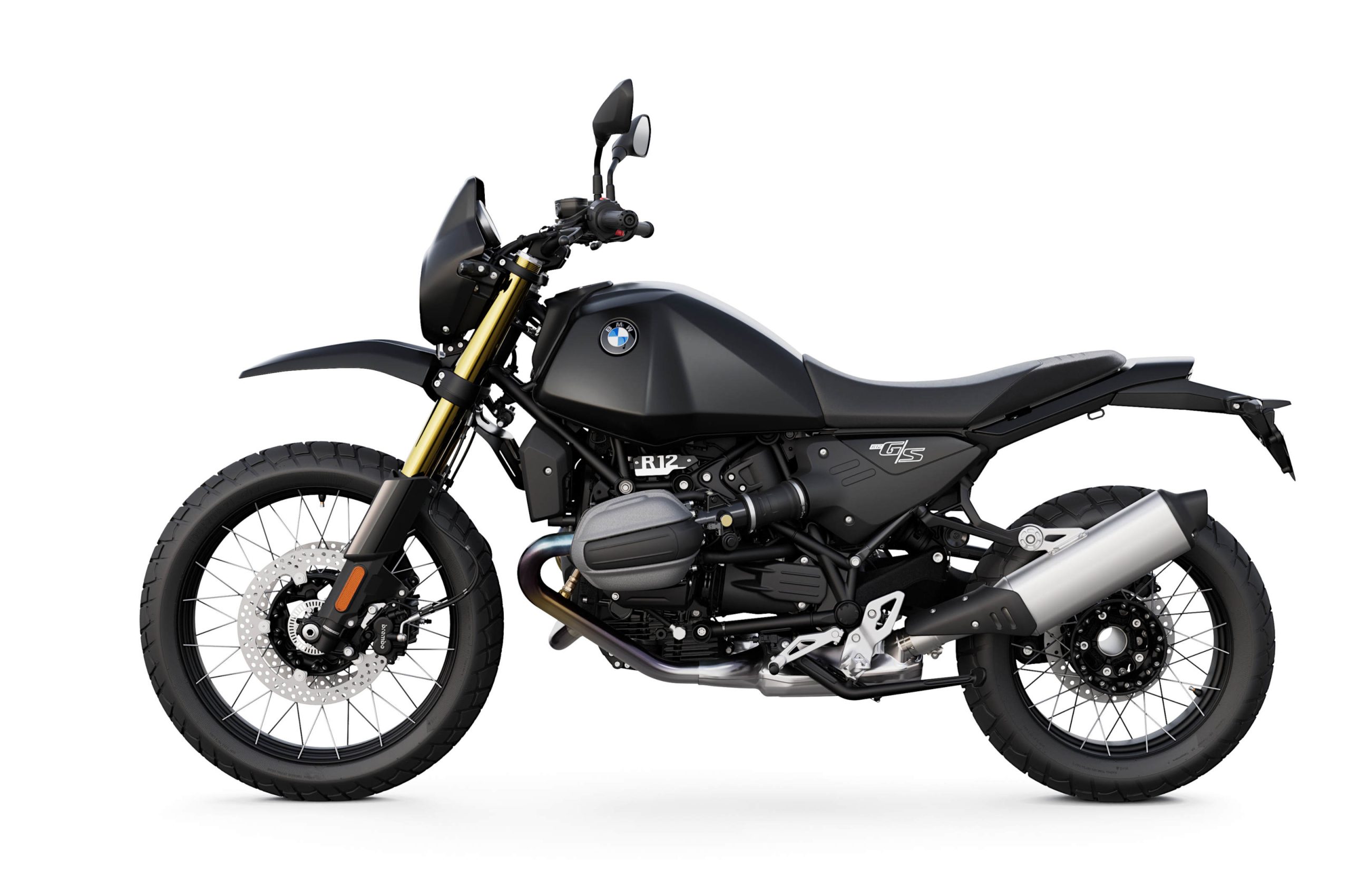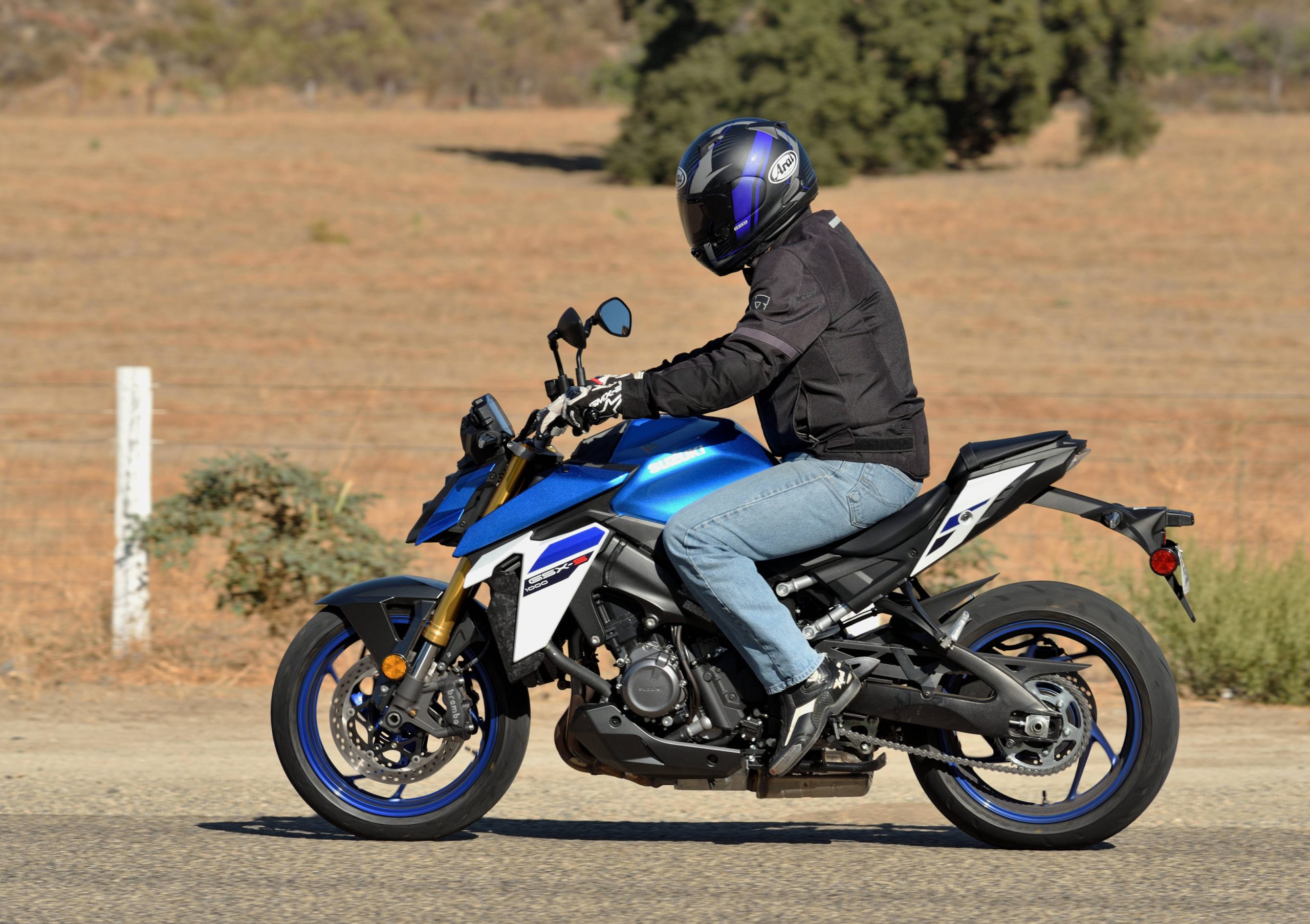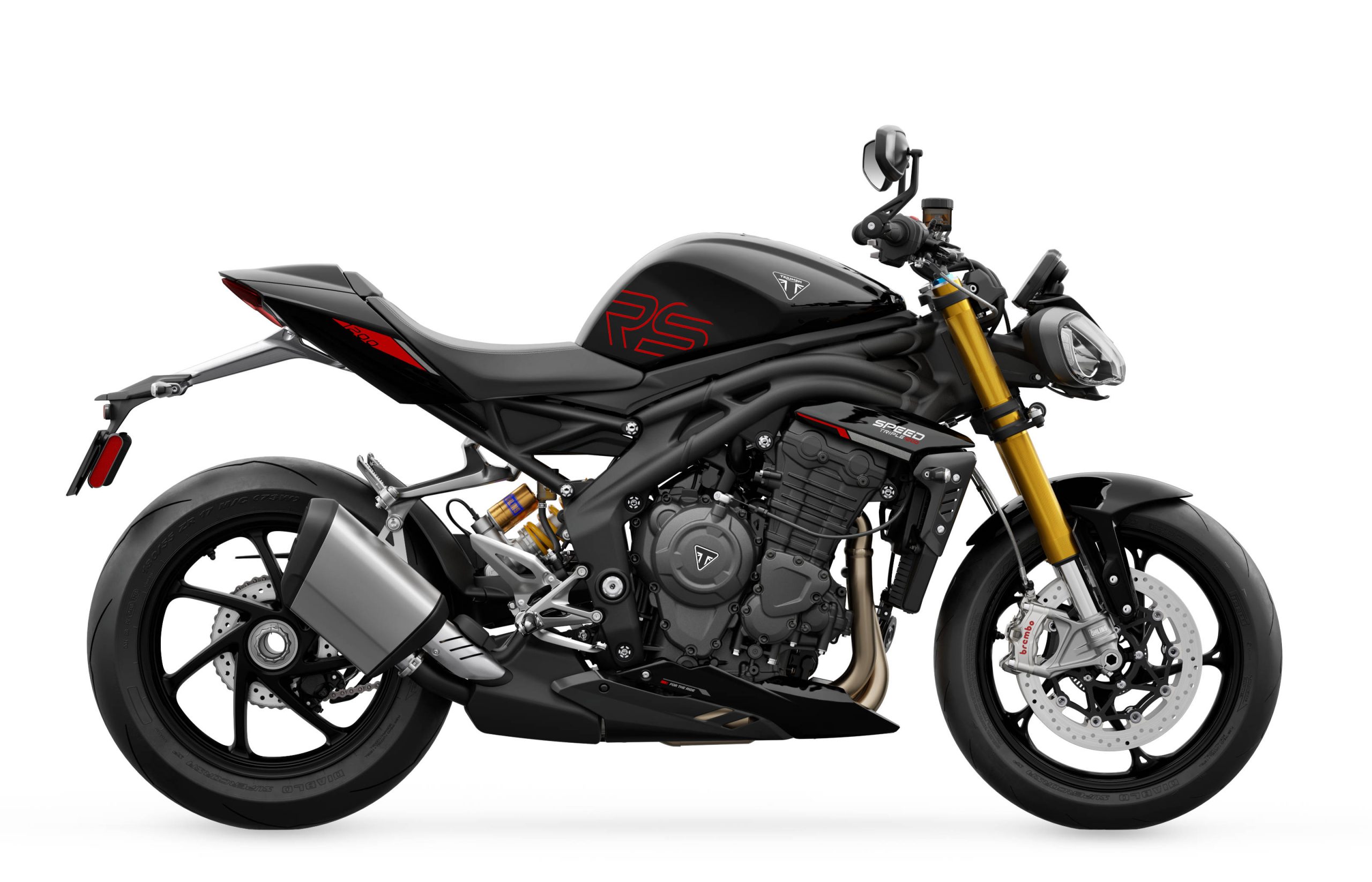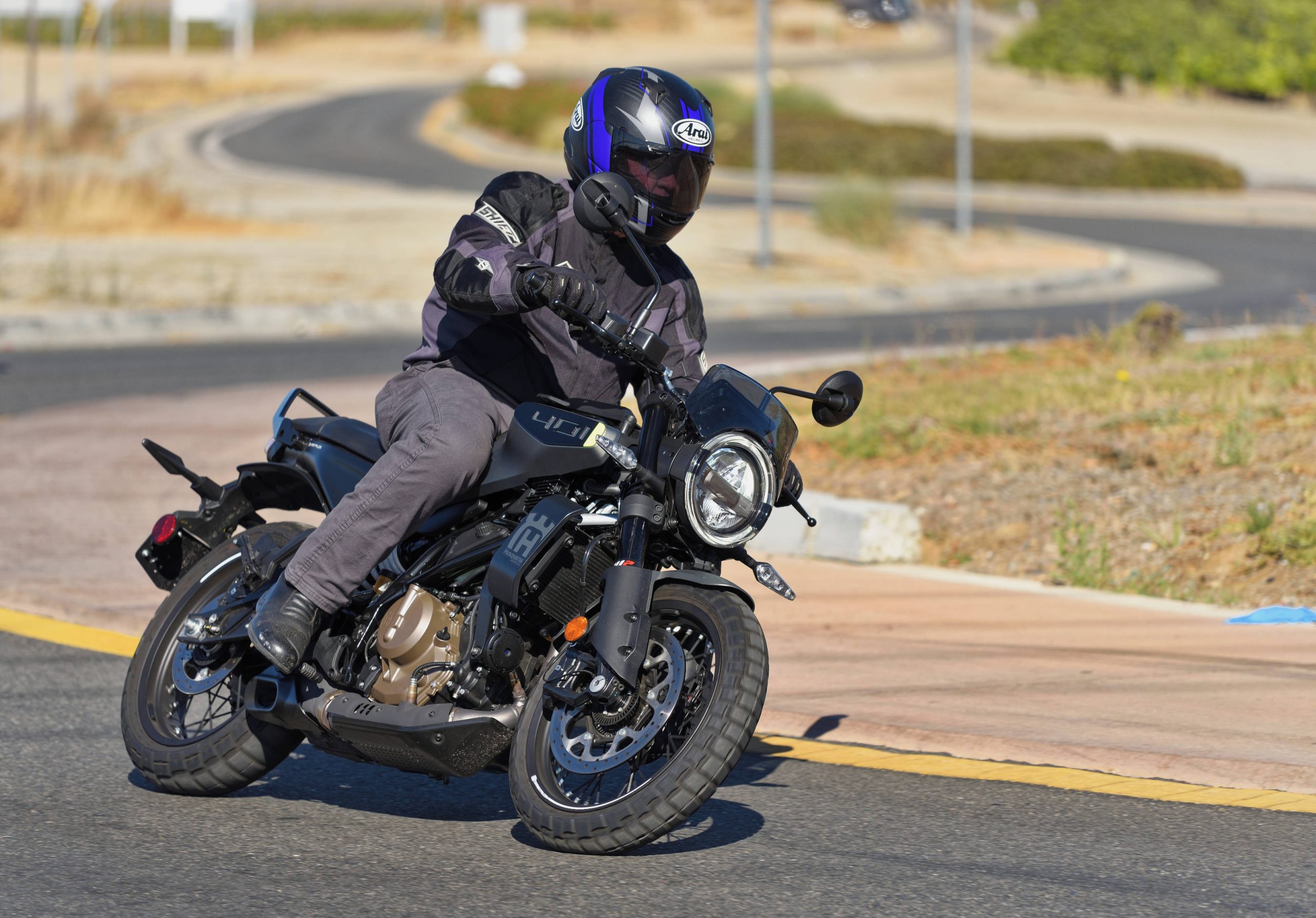Prior to the beginning of this year’s MotoGP season, there was a lot of speculation about the high level of competition present in the class this year. After the first three rounds of the season, it seems that the series may follow the trend of recent World Superbike competition – that is, a Honda vs. Ducati battle.
A lot of time has been spent here at the MD offices discussing the amazing performance of Ducati’s MotoGP bike. One element that we have continually returned to is Ducati’s use of the steel trellis frame as opposed to the twin-spar aluminum frames on the Japanese factory bikes. Rumors in the WSB paddock have long attributed a part of Ducati’s success to the ease with which the Italian bikes can be set up. It seems the trellis-framed bikes are more forgiving of setup errors than their aluminum competitors. Some riders also claim the steel frames provide better “feel”, an element at once extremely important and extremely difficult to measure.
Why would a steel-framed race bike be more forgiving in its setup than a similarly-configured aluminum machine? The answer here may come from research in the realm of road-racing bicycles. For years it was believed that aluminum-framed roadrace bicycles provided more “drive” than their steel counterparts. The theory was that some of the energy of the pedaling motion was absorbed in flexion of the bottom bracket/chainstay area of steel frames, whereas the stiffer aluminum machines transferred more of the power to the ground. Recently, research has discovered that the steel frames act similarly to a spring, absorbing some energy as they flex, but releasing it again when they snap back to their original form. This energy is released somewhat gradually, giving the aluminum bikes more immediate “snap” when pressure is applied to the pedal, but both bikes ultimately give a nearly identical amount of drive.
Applying this information to the world of racing motorcycles, one can surmise that a steel frame is able to absorb some of the energy not damped by the bike’s suspension and release it in a relatively gradual manner compared to an aluminum-framed bike, where the whole shock hits at once (so to speak). This might mean that while either machine will handle well with an ideal suspension setup, a steel-framed machine is better able to compensate for or absorb the inadequacies of less-than perfect settings than an aluminum-framed ride.
The Japanese factories clearly understand the advantages of a frame that has some shock-absorption ability, and in recent years much attention has been payed to the concept of “tuned flex” in the twin-spar aluminum roadrace chassis. Nevertheless, possibly due to the differences in the way absorbed energy is released by steel and aluminum, it still seems that the steel-framed Ducatis have a larger “window” of acceptable suspension settings. That is, an aluminum-framed machine can handle just as well or better than the Ducatis, but there is a much narrower range of settings in which it will do so, leading to more difficulty finding an appropriate setup.
This may explain why the Japanese machines typically have long racetrack development cycles. A good example is Honda’s RC45 superbike, which was considered a beast in its first year on the track, but was acclaimed as “great” (by at least one factory superbike star) in the last season before it was replaced by the RC51. Maybe this has less to do with developing the bike and more to do with having time to find appropriate suspension baselines at each track . . . baselines which fit within a smaller aluminum “window”.
The “feel” part of the equation is much more difficult to discuss. Again referencing the extensive debate in the bicycle world concerning steel versus aluminum frames, there is a general consensus that steel has more favorable characteristics than aluminum as far as transmitting certain frequencies of vibration which the rider’s brain processes as “feel” or “feedback”. This would be difficult to prove, but it would explain statements by many riders as to the better feedback of steel-framed bikes.
Ultimately, a race machine built using either steel or aluminum can win races, but it seems that steel-framed machines may be easier to race “out of the box”, explaining the rapid success of the Ducati Desmosedici. Interestingly, Ducati is not the only GP contender running a steel-framed bike – the Moriwaki MD211VF uses customer HRC V-5s in a tubular steel trellis chassis built in house at Moriwaki, a famous Japanese tuning shop.

